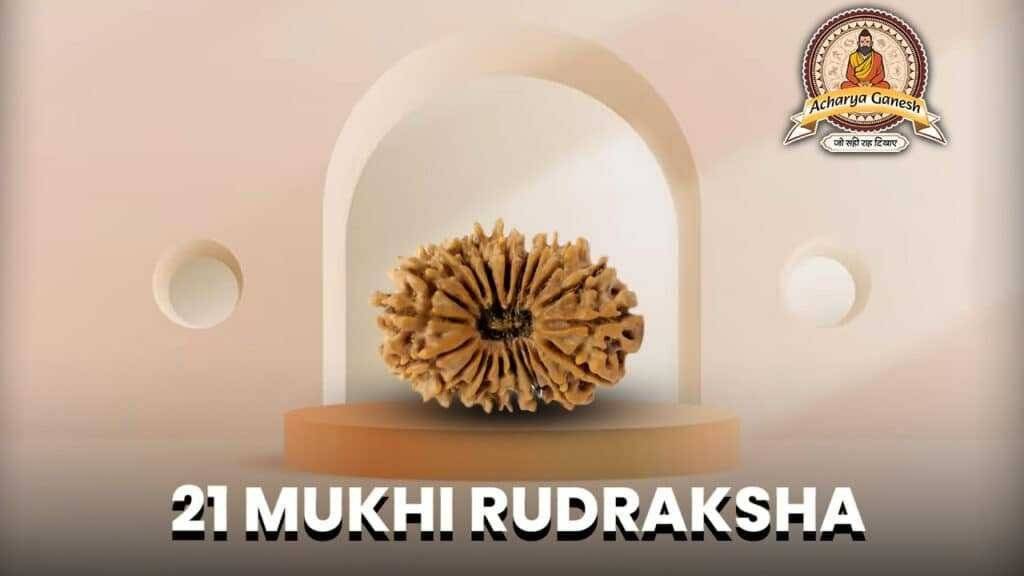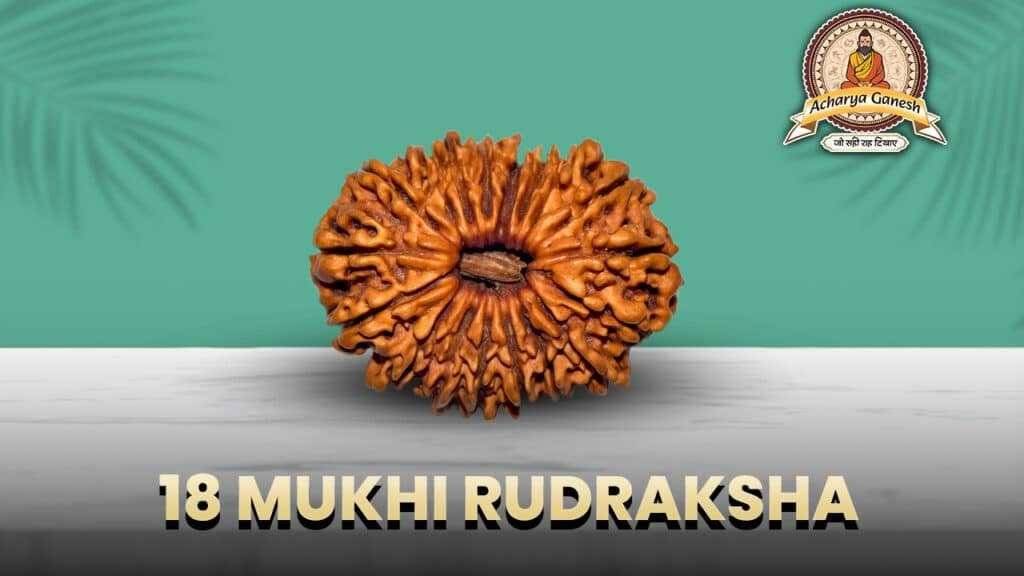
The Amazing Benefits of the 21 Mukhi Rudraksha
Introduction to 21 Mukhi Rudraksha Many think that when worn properly and after appropriate counsel, gemstones can truly work wonders. Numerous stones are worn by a person’s zodiac. Kubera, the
Pitru Paksha, a sacred period in the Hindu calendar, holds immense significance for those seeking to honor their ancestors. These 16 days, also known as Pitru Paksha Shradh, is dedicated to paying homage to departed souls and seeking their blessings. The ritual of Pitru Paksha Shradh Tarpan is a cornerstone of this observance, offering a means to express gratitude and respect to our forebears.
Shradh and Tarpan are two essential components of the Pitru Paksha rituals:
These rituals are not just religious obligations but also serve as a way to strengthen the bond between the living and the departed.
The choice of day for performing Pitru Paksha Shradh Tarpan is crucial. Each day of Pitru Paksha corresponds to a specific ancestor based on the lunar calendar. It’s advisable to consult a Hindu priest or refer to a panchang (Hindu almanac) to determine the most appropriate day for your family’s ritual.
For a proper Pitru Paksha Shradh Tarpan, you’ll need:
Before beginning the ritual:
Performing Pitru Paksha Shradh Tarpan is believed to:
While the core elements of Pitru Paksha Shradh Tarpan remain consistent, there are regional variations across India:
These variations highlight the rich diversity of Hindu traditions while maintaining the essence of ancestral reverence.
Pitru Paksha Shradh Tarpan is more than just a ritual; it’s a profound way to connect with our roots and express gratitude to those who came before us. By performing these rites with devotion and sincerity, we not only honor our ancestors but also gain a deeper understanding of our cultural heritage.
Remember, while the rituals are important, the true essence lies in the sentiment behind them. If you’re new to these practices, don’t hesitate to seek guidance from elders or spiritual leaders in your community.
As we navigate our modern lives, let’s take this opportunity during Pitru Paksha to pause, reflect, and pay homage to our ancestors. Their blessings and wisdom continue to guide us, even from beyond.
Have you participated in Pitru Paksha Shradh Tarpan before? Share your experiences and thoughts in the comments below. Let’s keep these ancient traditions alive and meaningful in our contemporary world.
Aarti: Hanuman Aarti, Kali Aarti, Ganesh Aarti, Shiv Aarti, Krishna Aarti, Durga Aarti, Lakshmi Aarti, Saraswati Aarti, Vishnu Aarti, Shani Aarti, Parvati Aarti, Surya Aarti, Shri Ram Aarti, Ganga Aarti, Tulsi Aarti
Mantra: Gayatri Mantra, Shiv Mantra, Laxmi Mantra, Ganesh Mantra, Durga Mantra, Krishna Mantra, Shani Mantra
Pooja Vidhi: Ganesh Pooja, Kali Pooja, Durga Pooja, Shiv Pooja, krishna Pooja, Laxmi Pooja
Que1. How to do Tarpan in Pitru Paksha?
Ans. Offer water mixed with sesame seeds, barley, and kusha grass while reciting mantras for ancestors.
Que2. What is Tarpan in Pitru Paksha?
Ans. Tarpan is a ritual of offering water to appease and honor ancestors during Pitru Paksha.
Que3. How to perform Tarpan at home?
Ans. Sit facing south, mix sesame seeds and barley in water, and offer it while chanting mantras.
Que4. What is the reason for Tarpan?
Ans. Tarpan is performed to seek blessings, peace, and liberation for the souls of deceased ancestors.

Introduction to 21 Mukhi Rudraksha Many think that when worn properly and after appropriate counsel, gemstones can truly work wonders. Numerous stones are worn by a person’s zodiac. Kubera, the

Introduction to 20 Mukhi Rudraksha What is a 20 Mukhi Rudraksha bead, the one that stands for Lord Brahma like that? Wearing this Rudraksha enables one to attain whatever he

Introduction to 19 Mukhi Rudraksha The 19 Mukhi Rudraksha is a bead that has been linked with good fortune. Lord Vishnu, whose residence is Ksheersagar, or the Ocean of Milk,

Introduction to 18 Mukhi Rudraksha Blessed be the beautiful, caring heavenly essence of the 18 Mukhi Rudraksha. Fruit-bearing trees and crops are planted when Mother Earth is tilted. When she



